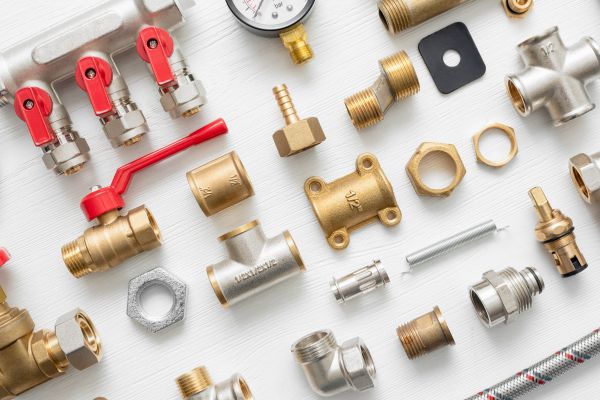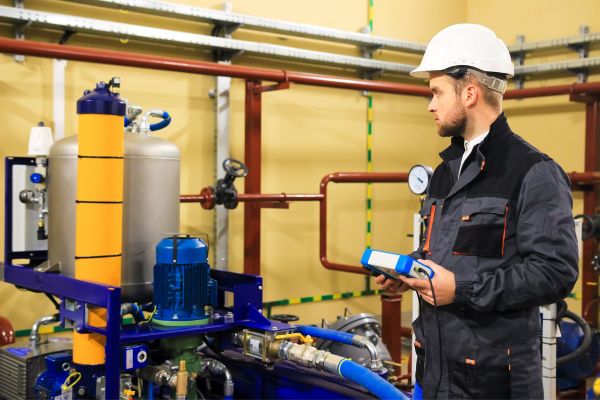Why Shower Plumbing Matters
Shower plumbing isn’t just about pipes and water flow—it’s the backbone of a functional, relaxing bathroom experience. Whether you’re upgrading an old shower, fixing leaks, or planning a brand-new installation, understanding the basics of shower plumbing can save you time, money, and a ton of frustration. Plus, it helps you communicate better with professionals if you decide to call in the experts.
Let’s dive into the nitty-gritty details of shower plumbing, from components and common issues to installation tips and tricks.
The Basics of Shower Plumbing
1. Key Components of a Shower Plumbing System
To understand how shower plumbing works, you’ve got to know its key components. Here’s a quick breakdown:
- Showerhead: The fixture that sprays water.
- Shower valve: Controls water flow and temperature.
- Pipes: Carry hot and cold water to the showerhead.
- Drain: Removes used water efficiently.
- Diverter (optional): Switches water flow between the shower and a bathtub spout.
2. How Does Shower Plumbing Work?
Your shower plumbing system connects to the main water supply lines. The cold water pipe and hot water pipe merge at the shower valve, allowing you to control the mix of temperatures. The water flows through pipes to the showerhead, creating that perfect stream we all crave.
Common Shower Plumbing Problems and Fixes
Nobody likes a faulty shower. Here are some common issues and quick solutions:
1. Low Water Pressure
- Possible Causes: Sediment build-up, clogged showerhead, or narrow pipes.
- Fix: Clean the showerhead or replace it. If the problem persists, check your home’s water pressure regulator.
2. Leaky Showerhead
- Possible Causes: Worn-out washers or loose connections.
- Fix: Tighten connections or replace the washer inside the showerhead.
3. Dripping Shower Valve
- Possible Causes: A faulty valve cartridge.
- Fix: Turn off the water supply, remove the old cartridge, and replace it with a new one.
4. Clogged Shower Drain
- Possible Causes: Hair, soap scum, or mineral deposits.
- Fix: Use a drain snake or a commercial drain cleaner. For stubborn clogs, consider calling a plumber.
Step-by-Step Guide to Shower Plumbing Installation
Thinking of installing a new shower? Here’s a simplified process to get you started.
1. Plan the Layout
- Decide on the shower type: walk-in, corner, or tub-shower combo.
- Ensure access to hot and cold water supply lines.
- Position the drain to comply with building codes.
2. Install the Pipes
- Use PVC pipes for the drain and copper or PEX pipes for water supply.
- Cut and secure pipes using pipe glue or fittings.
3. Set Up the Shower Valve
- Follow the manufacturer’s instructions to connect the valve to the pipes.
- Test the valve for leaks before sealing it into the wall.
4. Attach the Showerhead
- Wrap Teflon tape around the shower arm threads.
- Screw on the showerhead and test for proper water flow.
Modern Upgrades for Shower Plumbing
If you’re considering a bathroom remodel, here are some popular shower plumbing upgrades:
1. Dual Showerheads
Enjoy a luxurious shower experience with two showerheads—perfect for couples or families.
2. Smart Showers
Control water temperature, pressure, and even music through a smartphone app.
3. Rain Showerheads
Mimic the soothing sensation of rainfall with a large, overhead fixture.
4. Water-Saving Fixtures
Cut down on your water bills with low-flow showerheads that don’t compromise on pressure.
FAQs About Shower Plumbing
1. How often should I check my shower plumbing for issues?
Ideally, you should inspect your shower plumbing every six months. Look for leaks, low water pressure, or unusual noises.
2. Can I install a new showerhead myself?
Yes, it’s a simple process! Unscrew the old showerhead, wrap Teflon tape on the threads, and screw on the new one.
3. What’s the best material for shower plumbing pipes?
PEX and copper are popular choices. PEX is flexible and budget-friendly, while copper is durable and long-lasting.
4. How can I prevent shower drain clogs?
Use a drain cover to catch hair and clean it regularly. Also, avoid pouring grease or oil down the drain.
5. When should I call a professional plumber?
If you notice persistent leaks, low water pressure, or major clogs that DIY fixes can’t solve, it’s time to call in the pros.
Summary: Mastering Shower Plumbing
Shower plumbing might seem intimidating, but with the right knowledge, it’s totally manageable. From basic maintenance to advanced upgrades, keeping your shower in top shape ensures a refreshing experience every time you turn on the water. By addressing problems early and exploring modern options, you’ll enjoy a bathroom that’s both functional and stylish.
Authoritative Sources
- EPA WaterSense: https://www.epa.gov/watersense
- The Spruce – Shower Valve Basics: https://www.thespruce.com
- Home Depot Plumbing Guides: https://www.homedepot.com



